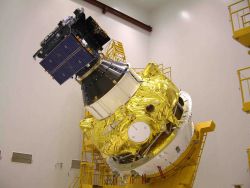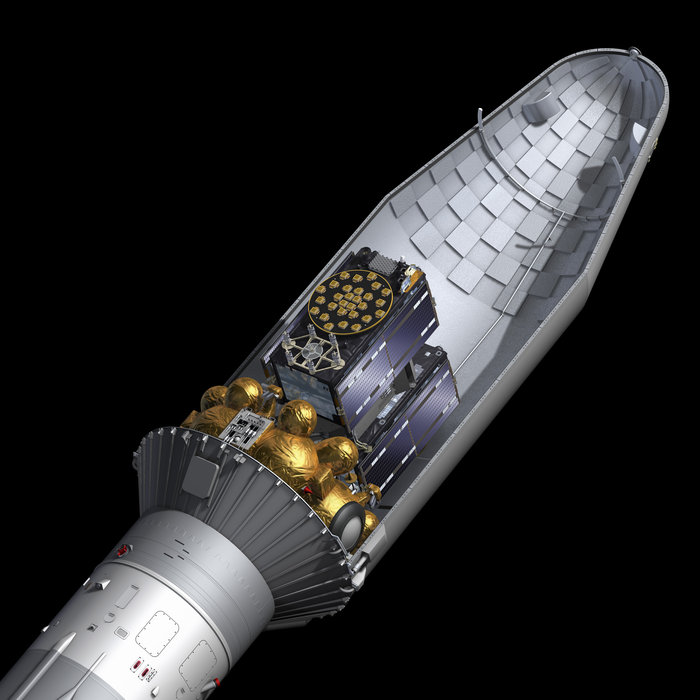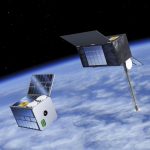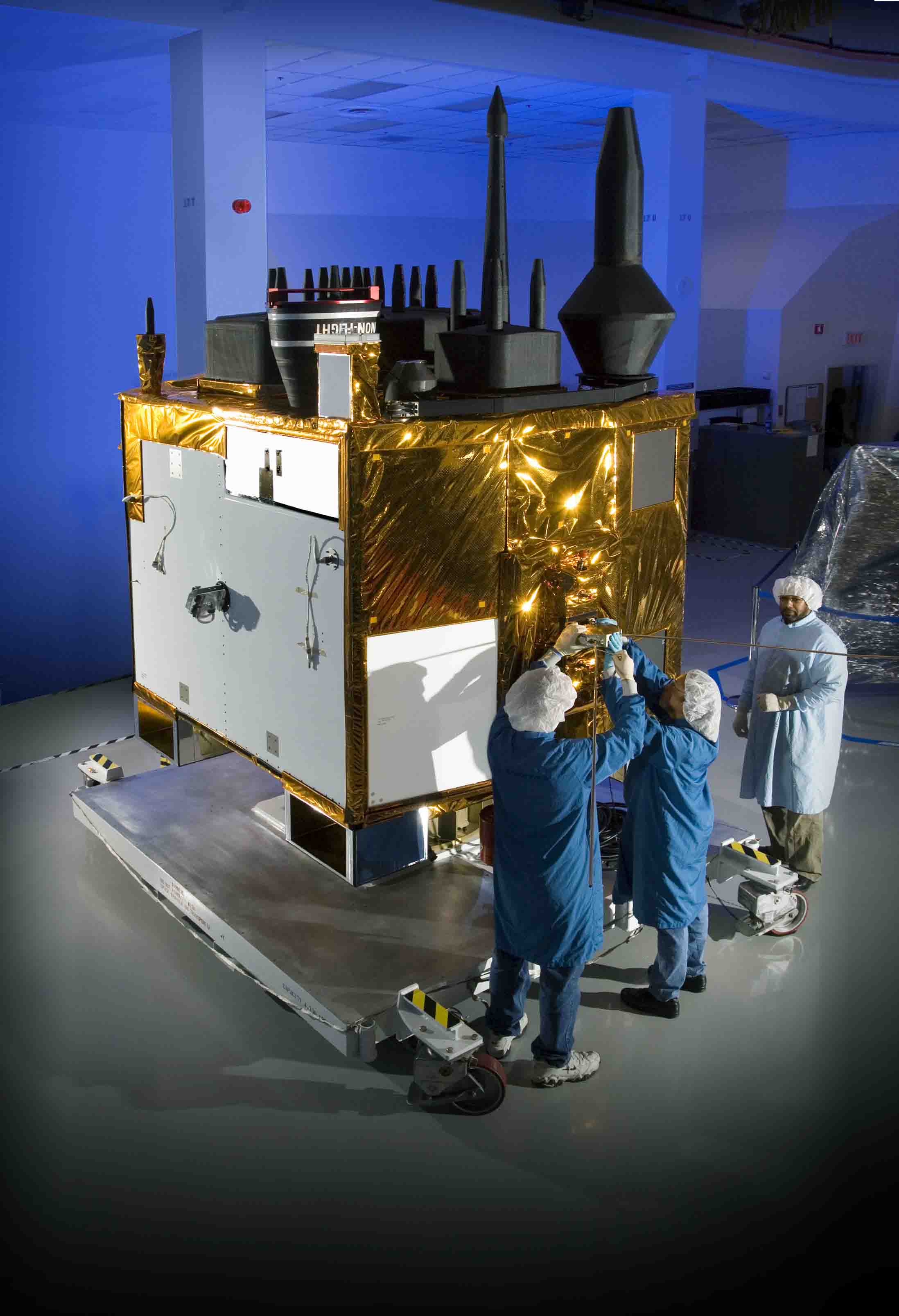It is not all about the satellites, of course.
And, despite the thrill of launches — the Fourth of July and every other national holiday celebration all grown up — it’s not about the rockets.
When evaluating the progress of GNSS programs, however, satellites and launches are a way to keep count — in fact, it is the way most of us do keep count.
By that measure, then, the numbers are adding up quickly.
It is not all about the satellites, of course.
And, despite the thrill of launches — the Fourth of July and every other national holiday celebration all grown up — it’s not about the rockets.
When evaluating the progress of GNSS programs, however, satellites and launches are a way to keep count — in fact, it is the way most of us do keep count.
By that measure, then, the numbers are adding up quickly.
The U.S. Air Force finished launching GPS Block IIR-Ms with a flourish last year and put the first Block IIF satellite up in May 2010.
Russia’s 2010 GLONASS total is six so far (triple launches in March and September) and another three scheduled to go up by the end of the year — four if the GLONASS-K flight test gets off the ground in December.
Also on the fast track, China has launched three Compass (Beidou-2) spacecraft this year and apparently has another one yet to go.
Then, after a couple of delays, Japan put its quasi-zenith satellite into orbit September 11. (Whether its popular nickname, Michibiki reaches the level of adoration of “Hello Kitty” remains to be seen.)
And, despite uncomfortably prolonged expectations — Waiting for Godot comes to mind — we can look forward to the first operational Galileo satellite (still called an “in-orbit validation” or IOV space vehicle) being launched in the first half of 2011.
The only real setback was the disappearance of India’s first GAGAN spacecraft into the Bay of Bengal on April 15 along with its ill-fated GSLV-D3 launch vehicle.
Let us not forget the ground control and monitoring infrastructures. The GPS program incorporated some National Geospatial-Intelligence Agency reference stations in recent years and plans on having its next-generation OCX in place by 2015.
GLONASS established its first extra-territorial monitoring site this year — in Antarctica! — and has more locations lined up inside and out the country. And Galileo is succeeding at extending its arguably overbuilt ground network, even as the program awaits an IOV launch.
China, which only needs to support development of a regional system over the next couple years, has just begun to plan the full global monitoring network that it will need when Compass is fully operational in 2020.
All this activity is producing a population explosion in the region between the GNSS orbits and the Earth. Airwaves are getting a little crowded at GNSS L-band frequencies. (Our Working Papers column, which looked at C-band options a couple of years ago, wraps up its examination of S-band alternatives in this issue.)
As a result, RF compatibility continues to move up on the agenda of the world’s GNSS providers, particularly as reflected in the activities of the International Committee on GNSS (ICG).
Transparency of technical specifications and service guarantees are complementary topics, as is the elusive but much-to-be-desired concept of signal interoperability.
The ultimate measure of GNSS progress is, of course, its utility. And that metric is basically a function of the user equipment being built and the applications to which that equipment is put. There the news continues to be good as ever more designers and manufacturers in ever more countries are joining the party.
But even as the marketplace relishes the diversity and exuberance of a technology that has finally captured the popular imagination, we must remember that we are enjoying the fruits of almost invisible labor – the efforts of those who put satellites into the sky and signals on the air.
Related Inside GNSS Stories:
Japan’s First QZSS Navigation Satellite Reaches Quasi-Zenith Orbit
GLONASS-M Launch Highlights Promotion of Russia’s GNSS
SVN II, the First GPS IIF Satellite, is Set Healthy
China Launches 5th Compass (Beidou-2) Satellite – First IGSO





